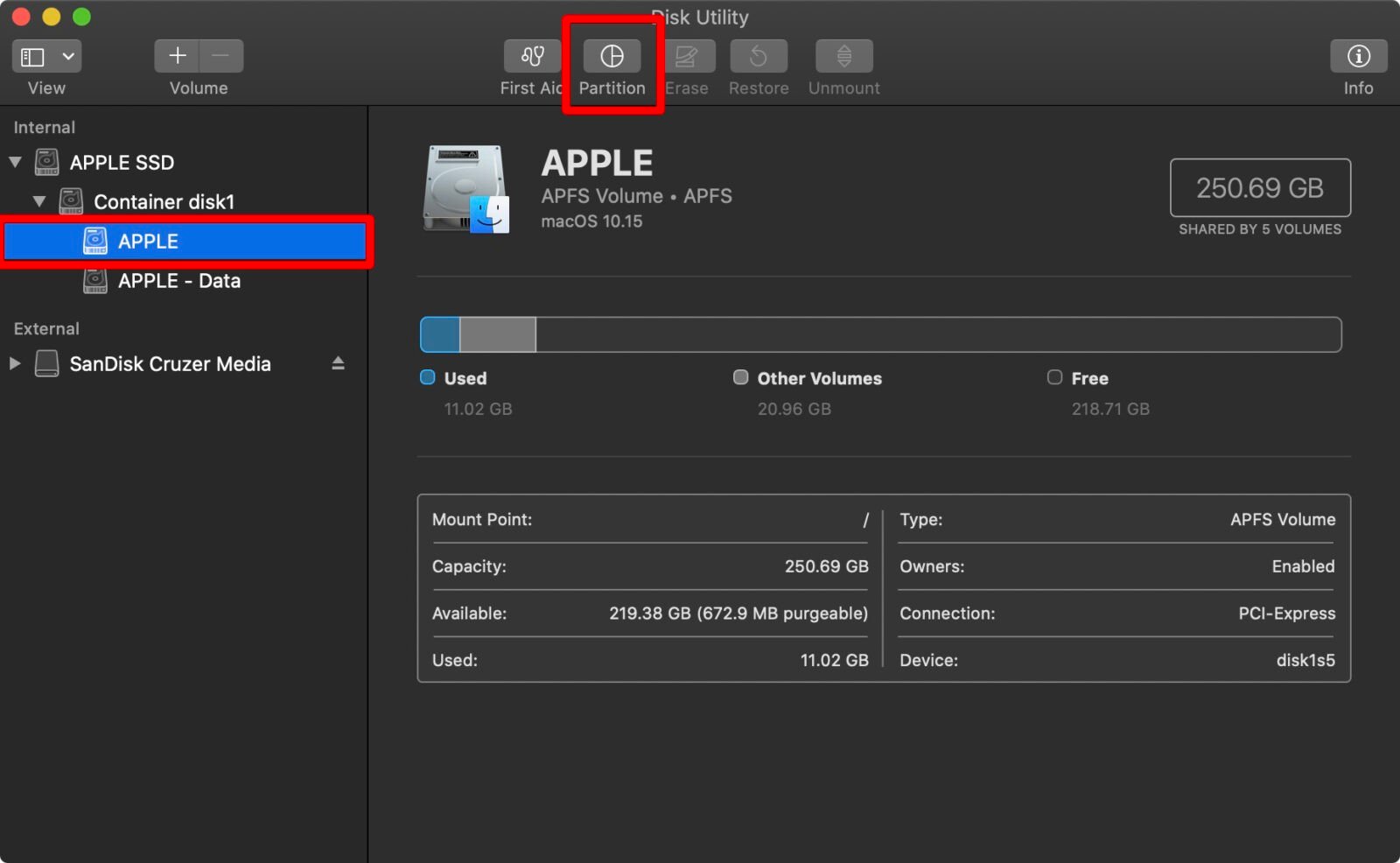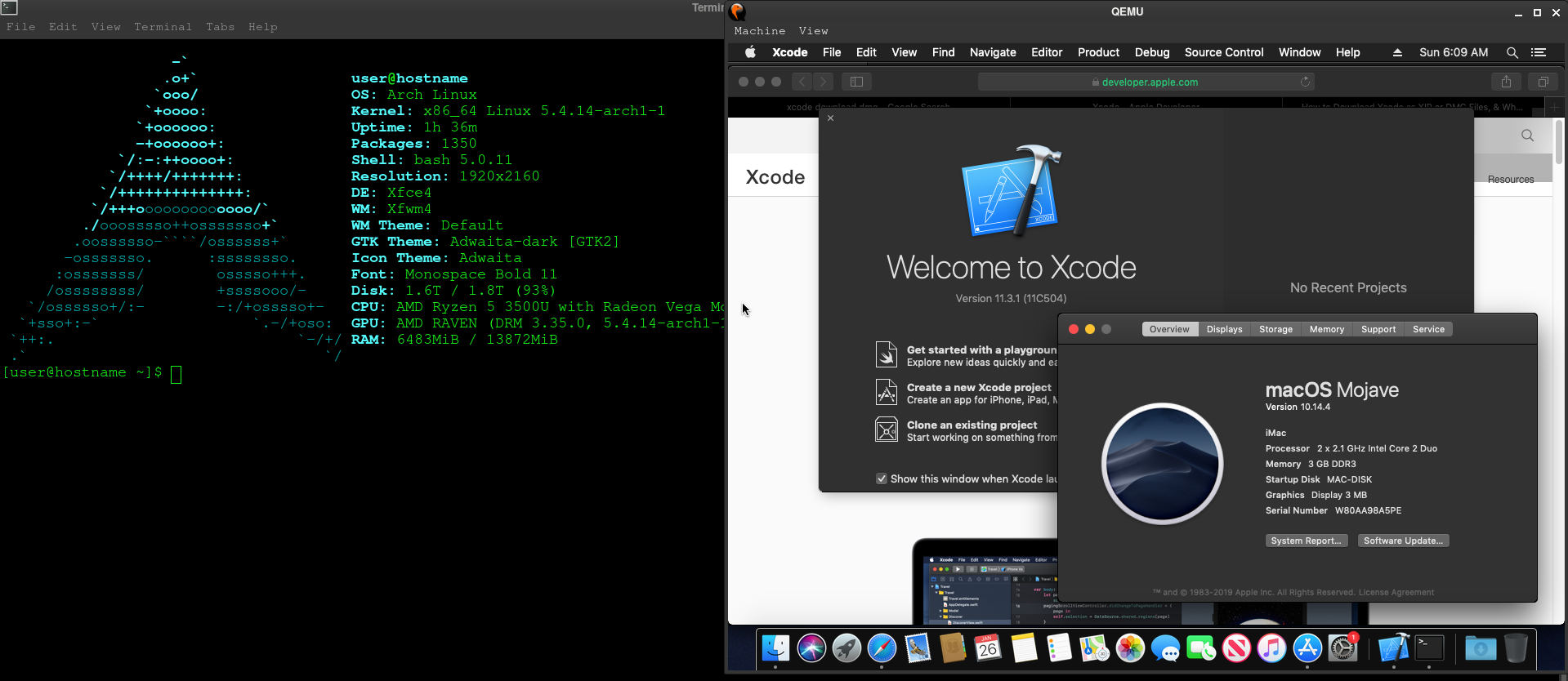

- #INSTALL LINUX ON MAC MAC OSX#
- #INSTALL LINUX ON MAC INSTALL#
- #INSTALL LINUX ON MAC PRO#
- #INSTALL LINUX ON MAC SOFTWARE#
- #INSTALL LINUX ON MAC ISO#
In KDE you would do the same, Create New -> Link to Application, but you could also select a CDROM icon. You would then click on the icon and manually select a CD ROM icon of your choice. Double clicking on the file should now automatically open the disk drive tray. You could then show its File Properties and set as an executable. On PCLOS, or any distro where the Aluminium keyboard Eject key doesn't work, you could create a text file on the Desktop and insert "eject -rt /dev/sr0" as the only line in the document, then exit and save it as eject.sh. Ubuntu based distros, specifically GNOME MATE, should allow the keyboard to be detected correctly and it should allow the eject key on the keyboard to work correctly. But, if you installed kb3 it mysteriously showed up. The same type of problem existed with LM 17.x - the CD/DVD ROM drive would not show up in File Manager. In which case you will need to start k3b burning application, then go to Tools -> Eject. In the case of PCLOS KDE4 or KDE5 you will not be able to hit the keyboard eject key to eject the CD/DVD.
#INSTALL LINUX ON MAC INSTALL#
If you install certain distros you may not have the ability for keyboard detection. If you're lucky, which I was, the eject key should function as normal, as should the sound keys. When selecting the keyboard at the installation process you can select Apple Aluminium Keyboard but also select "Detect my keyboard" and answer the prompts. That procedure allowed me to create a bootable Linux Mint 18.1 MATE "Serena" disk no problem.
#INSTALL LINUX ON MAC MAC OSX#
Why didn't I go with Linux Mint? PCLOS is a rolling distro.Īfter all was said and done I now have Mac OSX 10.5.8, W7Pro, KDE5 and Ubuntu 14.04 MATE on separate 1TB drives. One big benefit of PCLOS is that there is no sysytem.d. Fully how the Debian Jessie distro can't get the HD4870 working but Ubuntu and others got it to work right out of the box.
#INSTALL LINUX ON MAC PRO#
On my Mac Pro 1,1 I installed an Apple/ATI HD4870 (RV770?) video card and it works fine with most newer distros (but I didn't want to go through the Debian Net install gyrations. Heck, even OSX 10.5.8 burps on the Apple Aluminum keyboard. I'm still working on getting X.ORG to map the Apple Aluminum keyboard. For sound you will have to play with the sound selection. I didn't want to bother with rEFI since I have BootCamp installed.Īfter it's installed you may have the usual sound, video, wireless, and keyboard problems. The one I run/ran is ubuntu-14.04.4-desktop-amd64+mac.iso Just make sure that it says "amd64+mac" as the descriptor. You could install a few Yosemite themes and you will probably need to swap the buttons manually (unlike Linux Mint MATE where GNOME Tweak will automatically do it with a box check and apply button.) Those who have tried to install KDE themes under KDE4 and all they got was a beach ball should know that the theme installer works fine with PCLOS KDE5. al., uses and which should allow OSX to auto mount the Linux distro since it will assign an UEFI GUID label. The GRUB2 version will install the OS in LVM, which is what OSX El Cap, Sierra, et. (I had pre-formatted my 1TB HDD as GPT in OXS 10.5.8). When PCLOS asked which bootloader I wanted I choose GRUB instead of GRUB2 since GRUB2 will install the distro in UEFI. (I added KDE4 to the MATE mac distro after I installed MATE and then switched to it on login.) Static char *iso_name = amd64+mac distro.
#INSTALL LINUX ON MAC ISO#
iso and k3b should start up in Linux, for example. That should strip the 64bit efi bootloader from the. Once done, issue the command "./make_single_eltorito" (No quote marks.) Issue the command "cc -g -Wall -o make_single_eltorito make_single_eltorito.c" (No quote marks) Some distros will allow you to open a root console from within the open window that has your folder showing the iso and the. Right click the copied distro file and go down to "Properties".Įdit the file make_single_eltorito.c, highlight insert-your-linux.iso name here, right click, paste.

c script file, create a text file, paste, save as 'make_single_eltorito.c' (No quote marks)
#INSTALL LINUX ON MAC SOFTWARE#
On a Linux box (because it's probably easiest) make sure that 'makefs' is installed (say in the Synaptic Manager, or the software manager of your distro)ĭownload your favourite amd64 linux distro.Ĭreate a folder, say in your Home -> Desktop directory.ĬOPY the downloaded distro to this folder.Ĭopy the. Building a CustoMac Hackintosh: Buyer's Guide


 0 kommentar(er)
0 kommentar(er)
